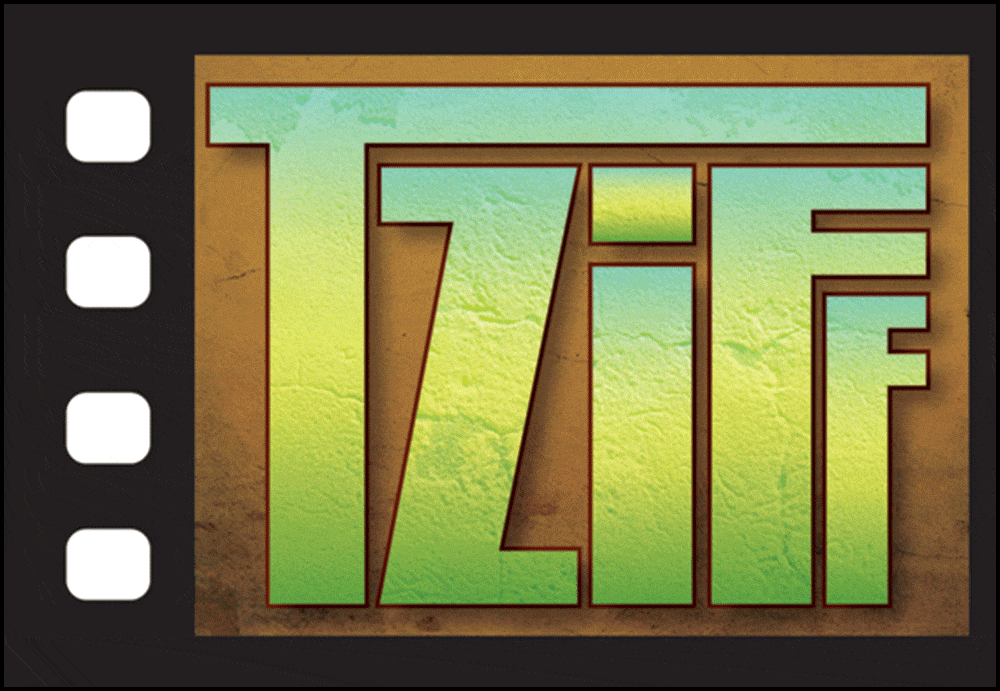Jason Lang
New member
I just learned recently how to use a light meter in class. Though I have some confusion regarding the tool. Should it be pointed directly at the camera? Thats what I learned in class but I read Gerald Hirschfeld's "Exposure Meter and The Cinematographer" and he explains to point your meter to the key light you want to measure.
I am going to shot my first 16mm project on a bolex and I just want to be using it correctly. I do have a question to add. If your shooting in a area that has light coming from multiple directions for example the underpass of a highway, which will have light coming from the left and right side. Where do you point the meter? Do you just pick a side to expose for? Or would it be better to just keep it in the middle kind of balancing out both sides.
I am going to shot my first 16mm project on a bolex and I just want to be using it correctly. I do have a question to add. If your shooting in a area that has light coming from multiple directions for example the underpass of a highway, which will have light coming from the left and right side. Where do you point the meter? Do you just pick a side to expose for? Or would it be better to just keep it in the middle kind of balancing out both sides.








